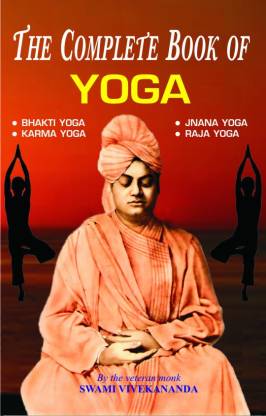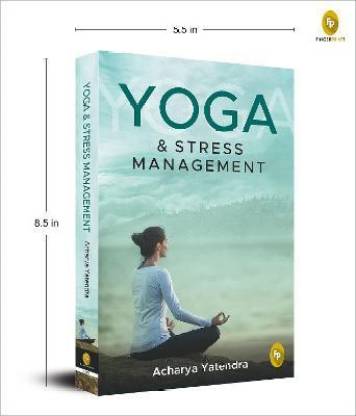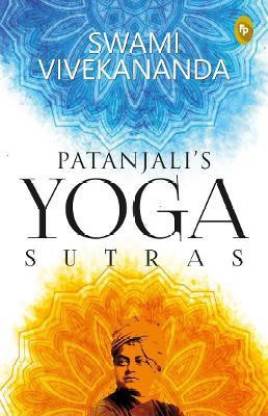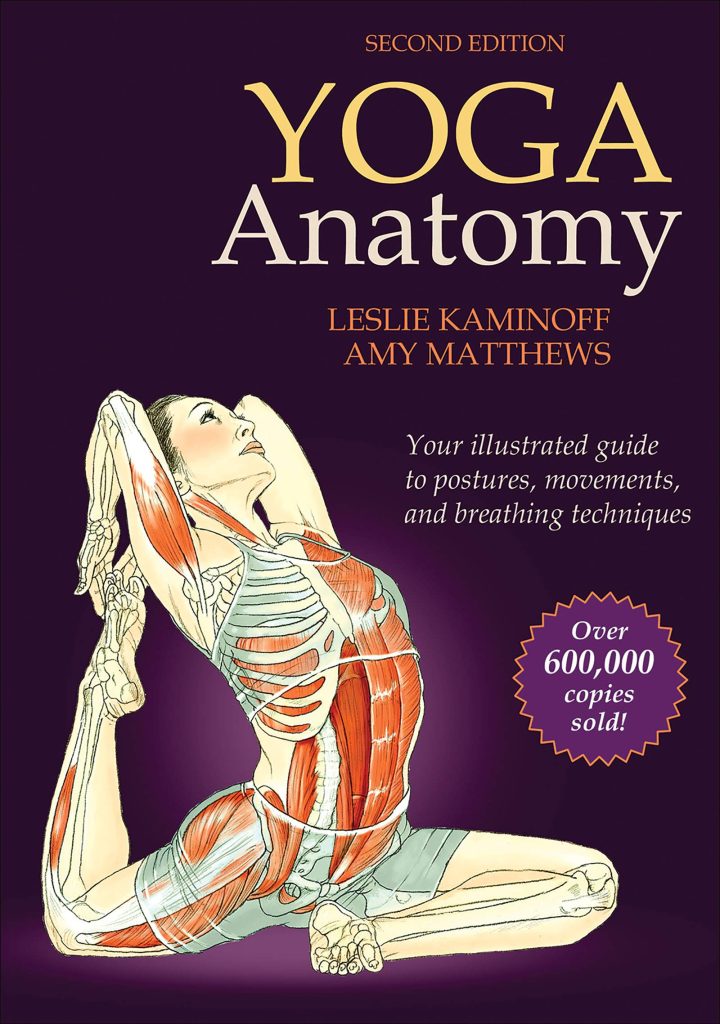Yoga is one of the most popular physical exercises in the world and there are legions of disciples who swear by it. The benefits of yoga are also well documented and you can expect to improve your strength, flexibility and balance by exercising regularly. Yoga also helps reduce stress, calm your thoughts and help you relax. There are a variety of yoga disciplines to choose from. However, this can be a little confusing if you are a beginner and you do not know your Kundalini from your Iyengar! In general, choose a style that matches your current fitness level and your personality. If you know what you want to achieve with your yoga practice, you can also find the style that suits you best. First, you must know your intention: do you want to do yoga to improve your health? Reduce stress Increase mindfulness Gaining power; Lose weight or relieve pain? Once you have found the answer to this question, you know the best practice for you.

Give your need we suggest you the relevant yoga service you have to avail – Team GURU
- Hatha Yoga – The Sanskrit term “hatha” is a generic term for all the physical attitudes of yoga. In the West, hatha yoga simply refers to all other types of yoga (Ashtanga, Iyengar, etc.) based on physical exercise. However, there are also other branches of yoga, such as Kriya, Raja and Karma Yoga, which differ from the practice of physical yoga. Physical yoga is the most popular and has many styles. Hatha yoga classes are best for beginners because they are usually slower than other yoga styles. Hatha classes are now a classic approach to breathing and exercises. If you are a new yoga, Hatha Yoga is a good entry point into practice.
- Iyengar Yoga- Iyengar Yoga was developed by B.K.S. founded. Iyengar focuses on alignment as well as detailed and precise movements. In a class of Iyengar, students practice different postures while controlling their breathing. In general, the poses are retained for a long time while the particulars are adjusted to the pose. Iyengar relies heavily on accessories to help students perfect their figure and safely immerse poses. Even if you do not jump around, you definitely have a workout and an incredibly open and relaxed feeling after an Iyengar course. This style is really ideal for injured people who need to work slowly and methodically.
- Kundalini yoga – The practice of Kundalini Yoga is both spiritual and physical. In this style, the energy of the Kundalini is released into your body, which is said to be trapped or bent in the lower spine. These classes involve your heart and breathing with invigorating postures and breathing exercises. These classes are quite intense and may include chanting, mantra and meditation.
- Ashtanga yoga – In Sanskrit, Ashtanga is translated as the “Path of the Eight Limbs”. Ashtanga yoga involves a number of very physically demanding postures, so this yoga style is definitely not for beginners. It takes an experienced yogi to really love it. Ashtanga begins with five greetings to the five sun salutation A’s and five sun salutation B’s and then goes on to a series of standing and floor postures. In Mysore, India, people come together to practice this form of yoga at their own pace. If you see Ashtanga led by Mysore, you should know the series. Vinyasa Yoga derives from Ashtanga, a flowing style that combines breathing with movement.
- Vinyasa yoga – Vinyasa means “place in a special way” and in this case, yoga poses. Vinyasa is the most athletic yoga style. Vinyasa was taken over by Ashtanga Yoga in the 1980s. In Vinyasa’s classes, movement is coordinated with your breath and movement from one pose to another. Many types of yoga can also be considered as vinyasa rivers, such as Ashtanga, Power Yoga and Prana. The styles of vinyasa may differ depending on the teacher and there are many different poses in different sequences.
- Bikram yoga – If you want to sweat in yoga, this is the style that suits you. Bikram Yoga takes its name from Bikram Choudhury and offers a series of poses in a room-like space, usually at 105 degrees and 40% humidity. The sequence comprises a series of 26 basic positions, each of which is executed twice.
- Yin yoga – Yin Yoga is a slow yoga style with a sedentary posture that is held for long periods of time. Yin is an excellent class for beginners as the posture can last from 45 seconds to two minutes. Yin can also be a meditative yoga practice that helps you find inner peace. The lessons are relaxed because gravity is supposed to do most of the work.
- Restorative yoga – Restorative yoga focuses on relaxing after a long day and relaxes your mind. Basically, this style focuses on the relaxation of the body. Throughout the class you spend more time in fewer poses. Many poses are modified to be simpler and more relaxed. As with Iyengar, many accessories are used and placed just like blankets, pillows and eye pillows. All accessories help you to dive deeper into the relaxation. Restoring yoga also helps to cleanse and free your mind.
- Prenatal yoga – Prenatal yoga is carefully adapted to mothers and women in every trimester. Many have said that because of work on the pelvic floor, concentration on breathing and attachment to the growing baby, prenatal care is one of the best types of movement for pregnant women. Prenatal yoga also helps mothers prepare for childbirth.
- Anusura yoga – Anusara is a modern version of Hatha Yoga that is very similar to Vinyasa because it focuses on alignment, but focuses more on the connection between mind, body and heart and the various verbal messages. Anusara focuses on the spirals and how each body part has to move. Anusara is also known for his focus on the opening of the heart. Expect to stop often in class and gather around a student while the teacher breaks a pose.
- Jivamukti yoga – Jivamukti was founded in 1984 by Sharon Ganon and David Life. Jivamukti consists mainly of flows of vinyasa, infused with Hindu spiritual teachings. A series of songs usually begin the lesson, followed by a series of poses that conform to the five principles of yoga and Jivamukti philosophy. In essence, this style emphasises connection to the earth as a living being. As a result, most followers of Jivamukti follow their vegetarian philosophy.








